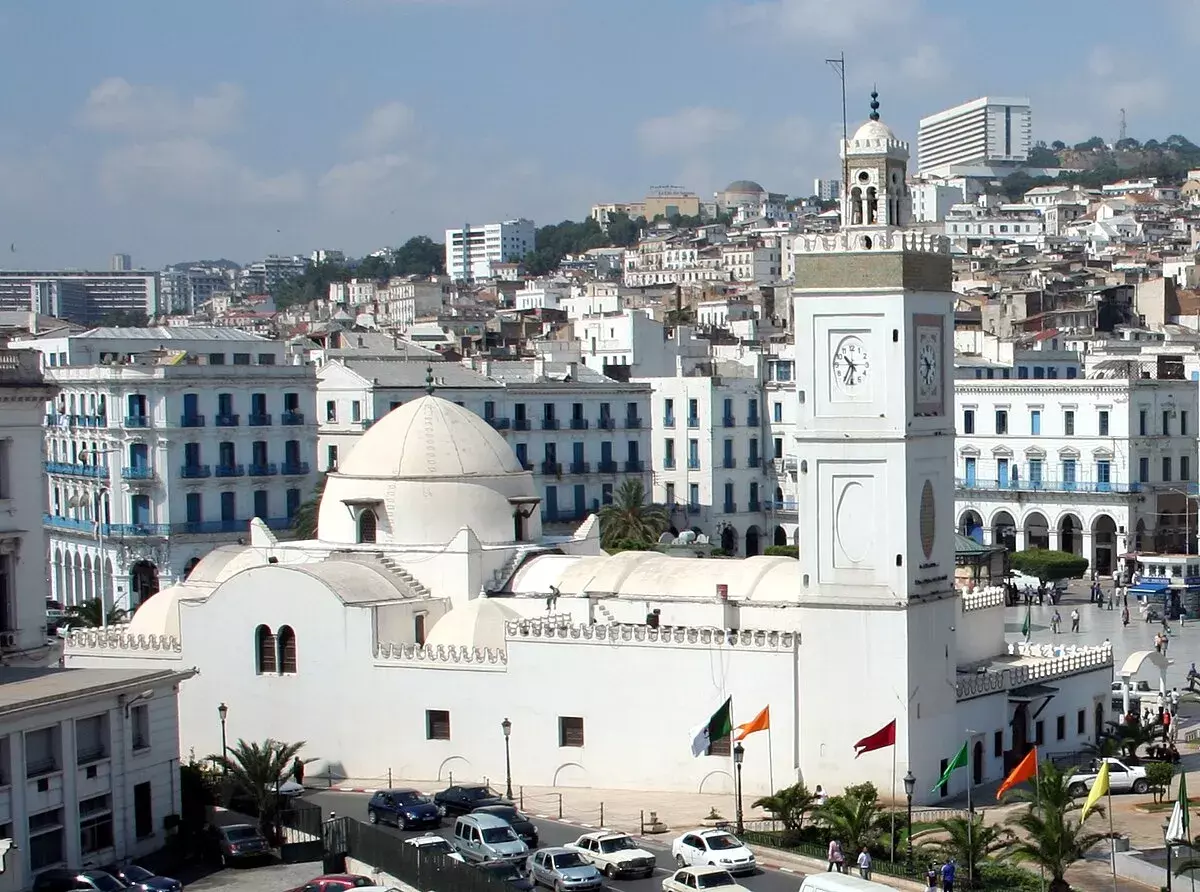
La Place des Martyrs
Overall Rating: ⭐⭐⭐⭐☆ (4/5)
Rating Breakdown:
✔ Historical Significance – ⭐⭐⭐⭐⭐ (5/5)
✔ Architectural Beauty – ⭐⭐⭐⭐⭐ (5/5)
✔ Accessibility – ⭐⭐⭐☆☆ (3/5)
✔ Cultural Experience – ⭐⭐⭐☆☆ (3/5)
✔ Maintenance & Preservation – ⭐⭐⭐⭐☆ (4/5)
Weather
- Algiers experiences a Mediterranean climate characterized by hot, dry summers and mild, wet winters, making it suitable for visits throughout the year.
Tags
- Historical Landmark, Cultural Heritage, Architecture, Public SquareArchnet+1Routard+1
Timings
- Place des Martyrs is an open public square accessible 24/7.
Time Required
- A visit typically requires 1 to 2 hours to explore the square and its surroundings.
Entry Fee
- No entry fee
Things to See & Do
- Explore Architectural Landmarks: Admire the surrounding buildings that reflect Algiers' rich history and diverse cultural influences.
- Visit Nearby Mosques: The square is adjacent to notable mosques such as the Ketchaoua Mosque.
- Experience Local Culture: Engage with local vendors and observe daily life in Algiers.
Best Time to Visit
- Late spring (April to June) and early autumn (September to October) offer pleasant weather, enhancing the experience of exploring the square and its surroundings.
Nearest Parking Spots
- Limited street parking is available around the square. Due to its central location and potential traffic congestion, using public transportation or walking is recommended.
Overview
- Place des Martyrs, also known as Martyrs' Square, is a historic and culturally significant landmark in the heart of Algiers. Covering approximately one thousand square meters, the square has been a central gathering place, reflecting the evolution of Algerian society and its struggle for independence.
- Adjacent to the Kasbah of Algiers: A UNESCO World Heritage site known for its traditional urban fabric.
- Proximity to the Algiers Waterfront: Offering scenic views and a pleasant walking area.
- Formerly known as Government Square during French occupation, Place des Martyrs has witnessed significant historical events, including demonstrations and gatherings during Algeria's struggle for independence. Excavations in 2009 revealed archaeological layers beneath the square, uncovering ruins from Roman, Byzantine, and Ottoman periods, highlighting its long-standing historical importance.
- The square is surrounded by buildings showcasing a blend of architectural styles, reflecting the city's diverse history.
- Notable structures include Ottoman-era mosques and colonial-era buildings, offering a visual narrative of Algiers' architectural evolution.
- Wear Comfortable Footwear: The area is best explored on foot to fully appreciate its architectural and cultural nuances.
- Stay Hydrated: Carry water, especially during warmer months, as the Mediterranean sun can be intense.
- Respect Local Customs: When visiting religious sites nearby, dress modestly and follow local etiquette.
- By Metro: The Place des Martyrs metro station on Line 1 of the Algiers Metro provides direct access to the square.
- By Bus: Several bus routes service the area, with stops near the square.
- By Foot: Its central location makes it easily reachable on foot from various parts of the city.